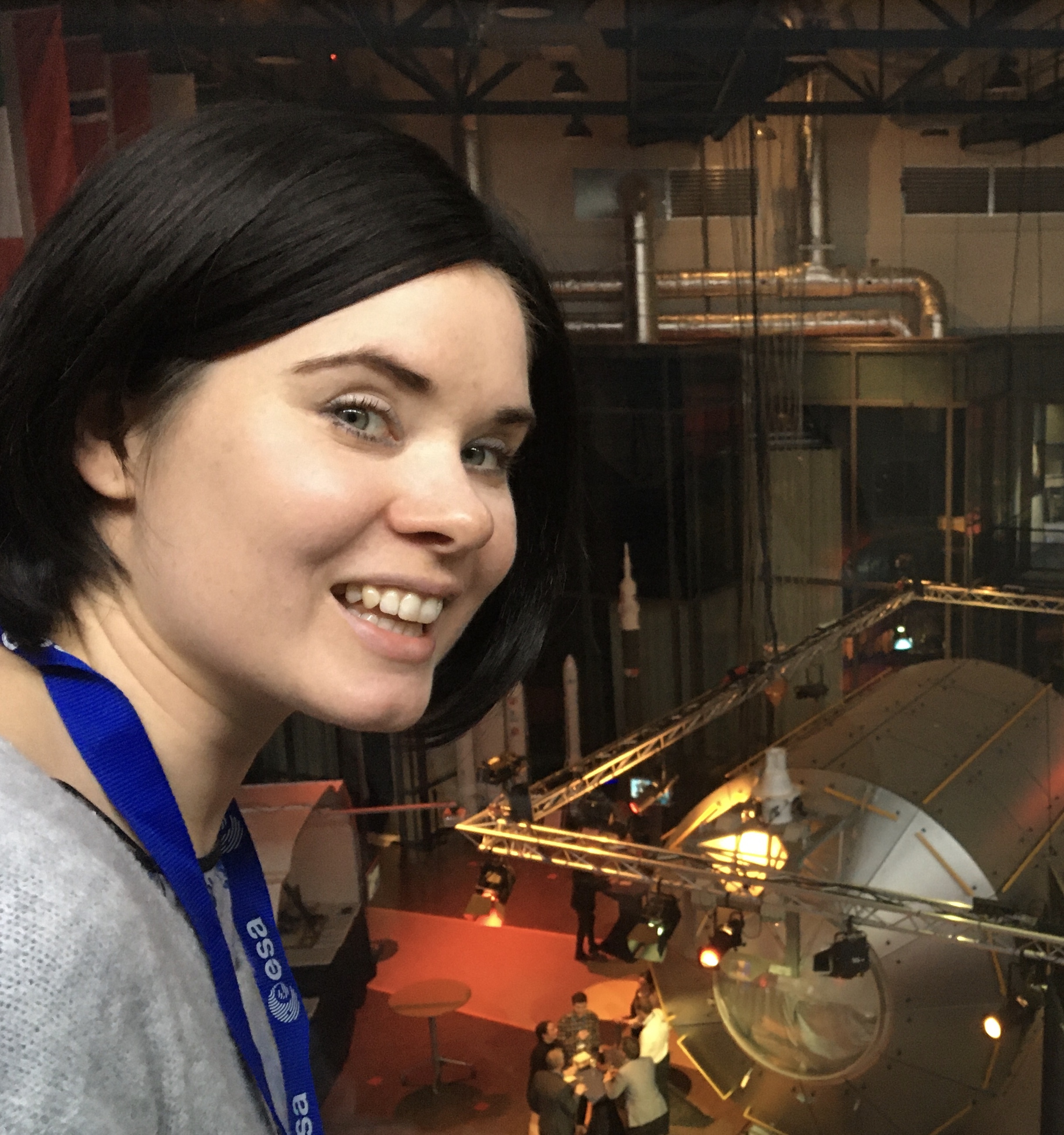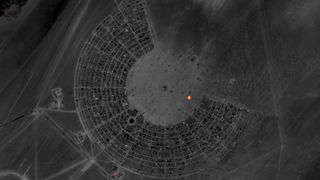Tereza is a London-based science and technology journalist, aspiring fiction writer and amateur gymnast. Originally from Prague, the Czech Republic, she spent the first seven years of her career working as a reporter, script-writer and presenter for various TV programmes of the Czech Public Service Television. She later took a career break to pursue further education and added a Master's in Science from the International Space University, France, to her Bachelor's in Journalism and Master's in Cultural Anthropology from Prague's Charles University. She worked as a reporter at the Engineering and Technology magazine, freelanced for a range of publications including Live Science, Space.com, Professional Engineering, Via Satellite and Space News and served as a maternity cover science editor at the European Space Agency.
Latest articles by Tereza Pultarova
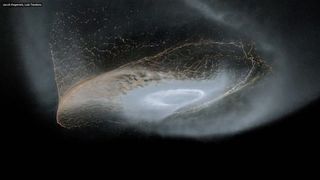
A giant moon collision may have given rise to Saturn's iconic rings, study suggests
By Tereza Pultarova published
A collision between two ancient icy moons that may have once orbited Saturn could have given rise to the planet's iconic ring system, a new study reveals.
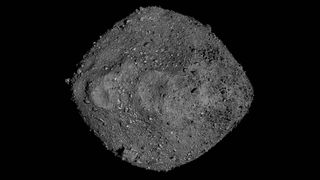
How NASA's OSIRIS-REx mission will help protect Earth against asteroid Bennu and its flyby in 2182
By Tereza Pultarova published
Asteroid Bennu is the space rock with the highest known probability of hitting Earth in the next 200 years. NASA's OSIRIS-REx mission will help us protect ourselves.
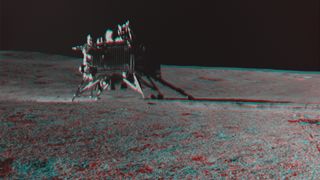
India tries waking up Chandrayaan-3 moon lander, without success (so far)
By Tereza Pultarova published
The Indian Space Research Organization began attempts to wake the Chandrayaan-3 moon lander and rover from hibernation after the two-week frosty lunar night.
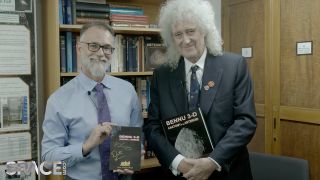
Queen Rock legend Brian May launches Space.com astrophotography competition for signed copy of his asteroid book (video)
By Tereza Pultarova last updated
Sir Brian May and NASA's OSIRIS-REx chief scientist Dante Lauretta challenge Space.com readers to photograph solar system objects to win a signed copy of their new book about asteroid Bennu.
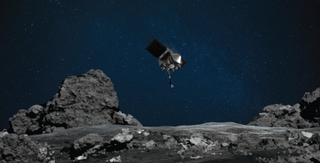
NASA's OSIRIS-REx spacecraft changed how we think about asteroids. Here's how.
By Tereza Pultarova published
NASA's OSIRIS-REx mission taught astronomers how little they know about space rocks. They might be only a few hundreds of feet wide, but their geology appears surprisingly complex.
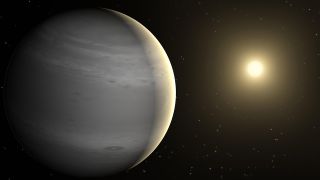
Very Large Telescope surprisingly finds exoplanet lurking in 3-body star system
By Tereza Pultarova published
The European Very Large Telescope in Chile has photographed a planet orbiting a star in a multi-star system that sits some 480 light-years from Earth.
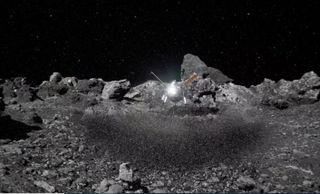
How asteroid Bennu caught NASA's OSIRIS-REx spacecraft by surprise and nearly killed it along the way
By Tereza Pultarova published
When the OSIRIS-REx probe arrived at asteroid Bennu, it found a body that looked and behaved quite differently from what scientists had expected.
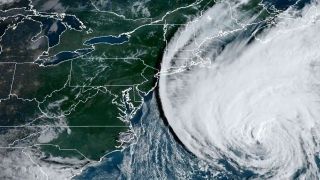
Satellites watch as Hurricane Lee swirls towards Canada (video)
By Tereza Pultarova published
Satellites observe Hurricane Lee swirl above the Atlantic Ocean as it makes its way toward the Canadian coast for a Saturday landfall.
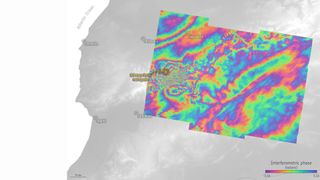
Satellites reveal how deadly Morocco earthquake moved ground (photos)
By Tereza Pultarova published
Satellite measurements have revealed the extent of ground movement caused by the 6.8-magnitude earthquake that struck Morocco last week, killing nearly 3,000 people.

Devastation wrought by Medicane Daniel revealed in satellite photos
By Tereza Pultarova published
Satellite images reveal the scale of destruction wrought by medicane Daniel on Libya, where temporary lakes and river systems sprang up across the desert landscape.
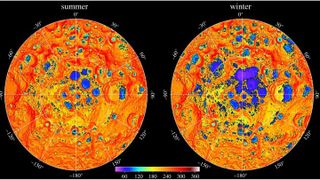
A big telescope on the moon could peer deeper into the universe than James Webb
By Tereza Pultarova published
A big telescope on the moon could peer deeper into the universe than the famed James Webb Telescope and perhaps even help find life on exoplanets, scientists say.
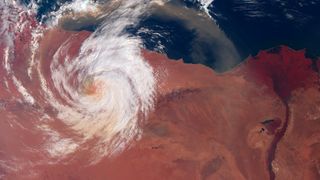
Satellites watch rare, destructive Mediterranean hurricane Daniel swirl above the Sahara (photos)
By Tereza Pultarova published
Satellites watched as a rare Mediterranean hurricane, or "medicane," named Daniel swirled above the Sahara Desert, bringing catastrophic flooding to Libya.
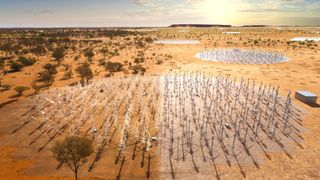
Electronics on world's largest radio telescope are more radio-quiet than a smartphone on the moon
By Tereza Pultarova published
New electronic devices designed to power antennas of the world's largest radio telescope are so quiet that they'll cause less disturbance than a mobile phone on the moon.
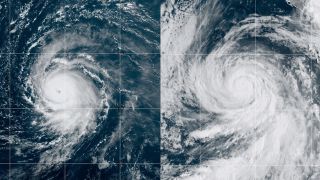
Powerful Hurricane Jova spotted from space (video)
By Tereza Pultarova published
Watch ferocious hurricanes Jova and Lee spring up above the Pacific and Atlantic Ocean through the eyes of satellites.
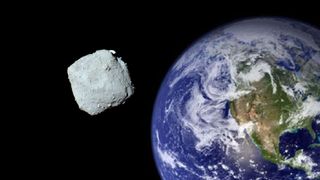
Newly discovered asteroid zooms within 2,500 miles of Earth
By Tereza Pultarova published
A newly discovered space rock about 6.5 feet wide (2 meters) zipped past Earth today at a distance five times closer than GPS satellites orbit.
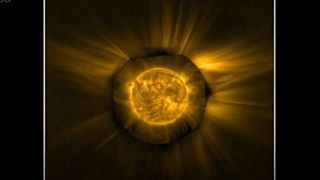
See the sun's atmosphere like never before thanks to a simple Solar Orbiter camera hack (video)
By Tereza Pultarova published
The European Solar Orbiter spacecraft has peered into yet unexplored parts of the sun's atmosphere thanks to a simple hack to its main camera.

Orbiting debris trackers could be a game changer in space junk monitoring
By Tereza Pultarova published
Tiny devices on satellites could soon track small pieces of space debris that are invisible to existing space junk monitoring systems but capable of destroying spacecraft if they collide with it.
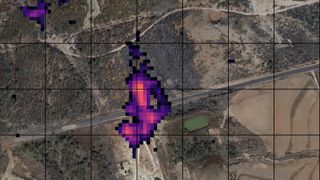
Tiny satellites use AI to sniff for methane leaks on the ground (photos)
By Tereza Pultarova published
This startup wants to take methane leak detection from space to the next level with the help of AI.
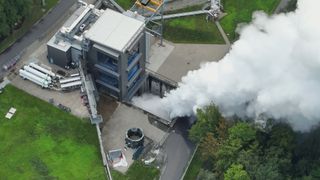
Europe hopes to announce Ariane 6 debut flight date by the end of October
By Tereza Pultarova published
The European Space Agency won't know when its delayed heavy-lift Ariane 6 rocket will make its debut flight until at least the end of October when the main testing is supposed to be completed.
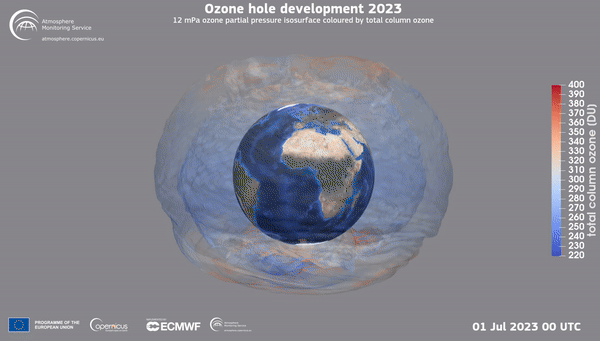
The ozone hole above Antarctica opened early this year. Huge Tonga undersea volcano eruption may be to blame
By Tereza Pultarova published
The ozone hole above Antarctica has opened up unusually early this year. Scientists think the Hunga Tonga volcanic eruption that sent shockwaves around the world in January 2022 may be to blame.
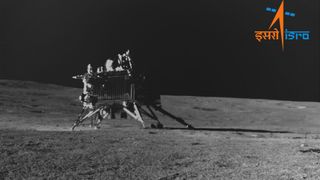
Chandrayaan-3 rover and lander in sleep mode but might wake up later this month
By Tereza Pultarova published
India's Chandrayaan-3 lunar rover and lander have completed their primary mission goals and have been placed into sleep mode ahead of the upcoming two-week lunar night.

The European Space Agency has a transparency problem — but it's completely legal
By Tereza Pultarova published
When it comes to disclosing information and informing taxpayers how it handles their money, the European Space Agency has far fewer obligations than NASA. But is such status justified?
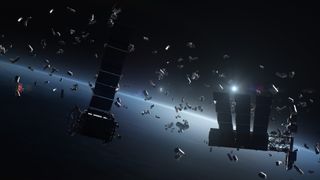
Old Soviet satellite breaks apart in orbit after space debris collision
By Tereza Pultarova published
A three-decades old Soviet satellite has disintegrated in orbit some 870 miles (1,400 kilometers) above Earth, likely following a space debris strike.

India's Chandrayaan-3 moon rover Pragyan snaps 1st photo of its lander near the lunar south pole
By Tereza Pultarova published
India's Pragyan moon rover photographed its mothership, the Vikram lander, for the first time as the two continue their exploration halfway through the Chandrayaan-3 mission.
Breaking space news, the latest updates on rocket launches, skywatching events and more!
